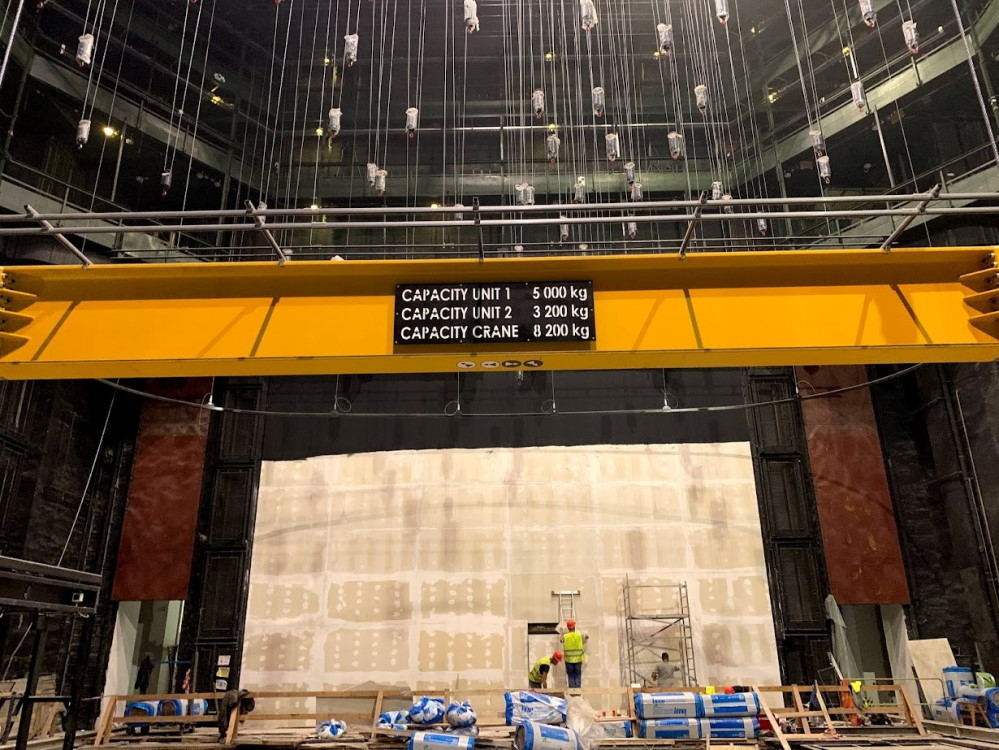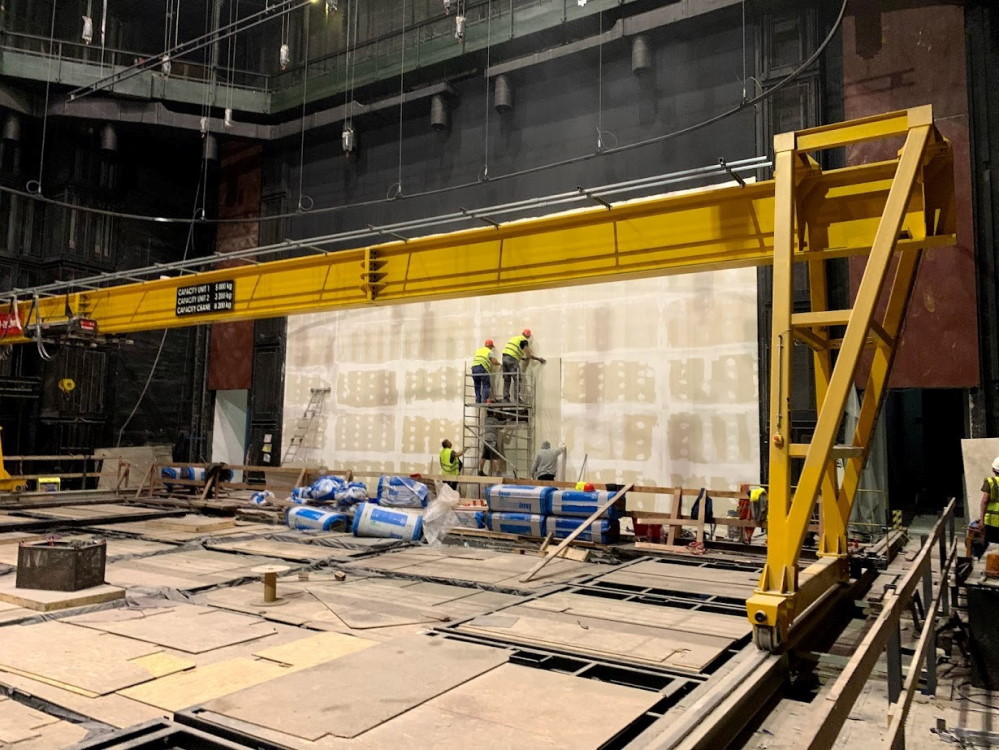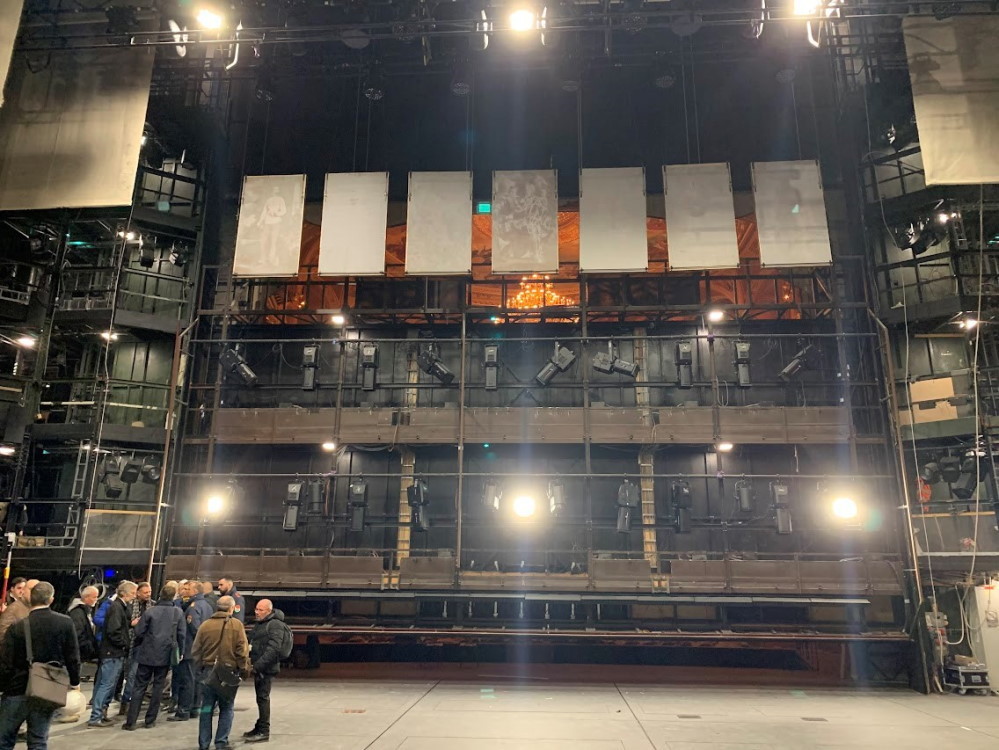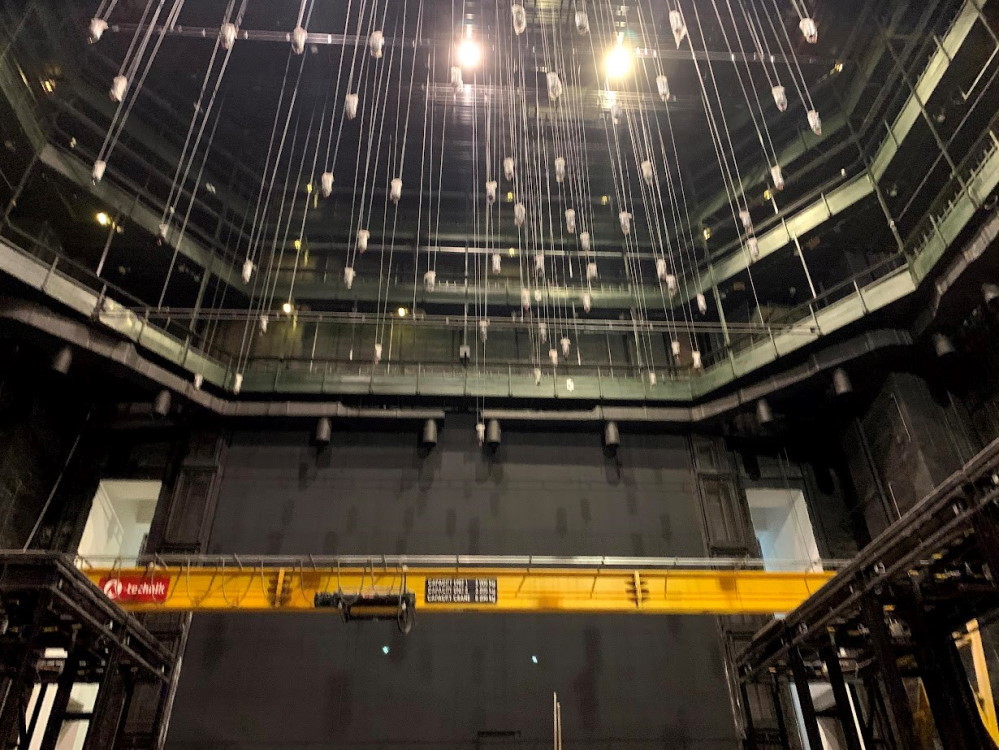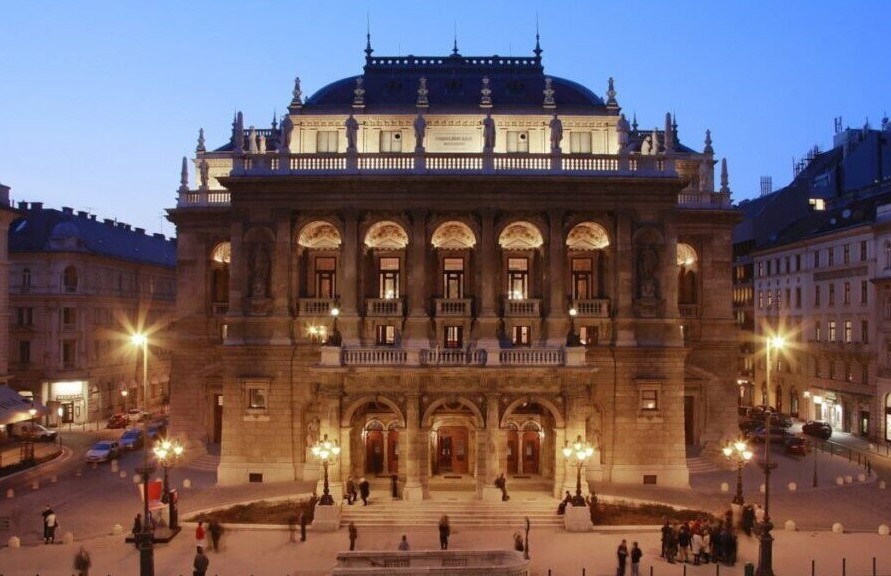
About the Opera
The Hungarian State Opera House (Hungarian: Magyar Állami Operaház) is a neo-Renaissance opera house located in central Budapest, on Andrássy út. Originally known as the Hungarian Royal Opera House, it was designed by Miklós Ybl, a major figure of 19th-century Hungarian architecture. Construction began in 1875, funded by the city of Budapest and by Emperor Franz Joseph I of Austria-Hungary, and the new house opened to the public on the 27 September 1884.
In the 1970s the state of the building prompted the Hungarian State to order a major renovation which eventually began in 1980 and lasted till 1984.
The beginning of the new renovation was in 2019. First steps was done with the design of the renovation. First excution started in 2020 and they finished the renovation project in the second half of 2021.
During the renovation, they wanted to keep all the original furnishings in a contemporary but modernized way.
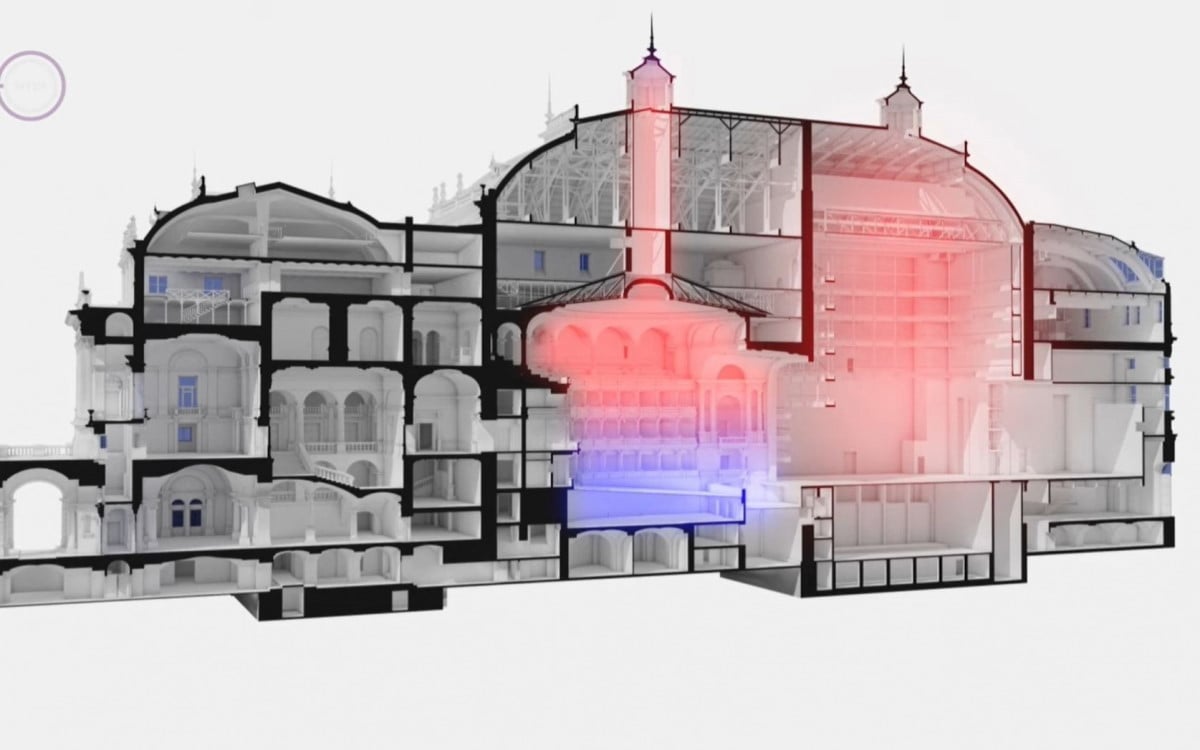
Design phase
Most of the problems were with the fire safety compliance of the existing structures. Borovi pine wooden stage floor, old „prussian” slabs, steel structures without fire protection and the old stage iron curtain with a water extinguishing system (not sprinkler).
During the design, they wanted to make the systems used by Ybl (two way smoke and heat extraction, outward opening escape doors, stage rainwater extinguishing system, „iron curtain”) one of the first in the world, to meet the requirements of today, while retaining them.
The story behind the „iron curtain”
At the beginning of December 1881, the Viennese newspapers reported on a tragic theater fire, after one of the city's keystones, the Ringtheater, operating as a comedy theater, caught fire and was completely burned down right before Offenbach's performance of The Tales of Hoffmann. About four hundred people lost their lives in the ruins of the 1,700-seat theater.
The tragic event, for which József Ferenc immediately rushed to Vienna, not only shook international theater life, but also had a serious impact on theater architecture, including the Budapest Opera House, which was being built at the time. Miklós Ybl, who has been working at the Andrássy út palace for many years, redesigned the building in response to the fire even before it was handed over, and many contemporary fire protection innovations served its safety. For the first time in the world, the iron curtain that separates the stage from the auditorium like a sluice appeared in the Opera House in Budapest. A rainwater storage system was built above the stage, and with the help of eight 200-liter water tanks located in the attic and gravity, they were able to flood the stage in seconds in the event of a fire. The heat and smoke exhaust was also solved in an exciting way - in addition to the ventilation, it also provided a path for the release of hot combustion gases - the warm air left through the large exhaust system above the stage and the auditorium, while the fresh air was supplied to the audience through the shafts built into the pavement house. But by making the stage hydraulics water-based and not oil-based, fires on the stage could be prevented much more effectively.
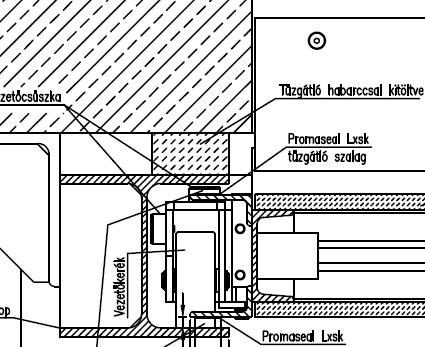
The re-designed „iron curtain”
The old iron curtain was originally installed in the 80’s. A full metal wall filled in with some insulation (part of the insulation it originally also contained a minimal amount of asbestos). This metal wall was protected with a rainwater curtain (does not conform to today's standard sprinkler designs).
This wall has a size of 15m width and 13m height. (and 5 more smaller wall exists around the stage).
To keep this wall we helped the designers to made an individual technical approval together with the TüV Rheiland testing institute. The technical approval was based on our loadbearing wall solution tests with PROMATECT®-H.
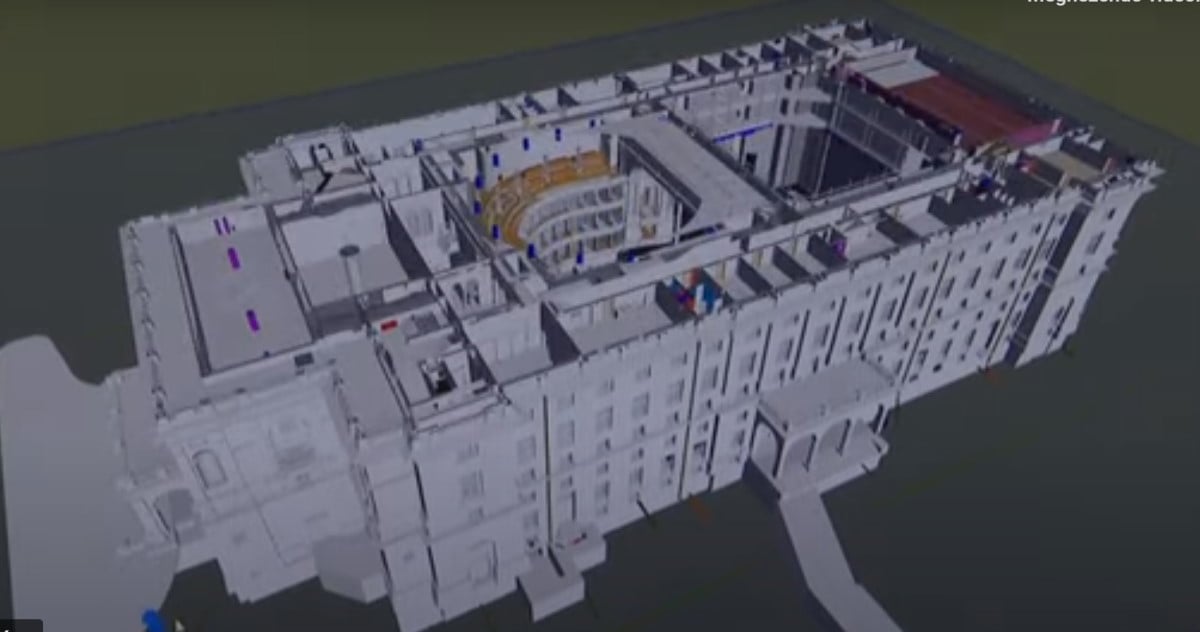
The PROMATECT®-H 20mm board from both sides of the stucture became the final solution with extra inner side coverings at the joints and additional covering of the internal steel structure frame inside the casing.
Also because this wall it can practically be moved, which is why we used the PROMASEAL®-LX tape in the joints.
